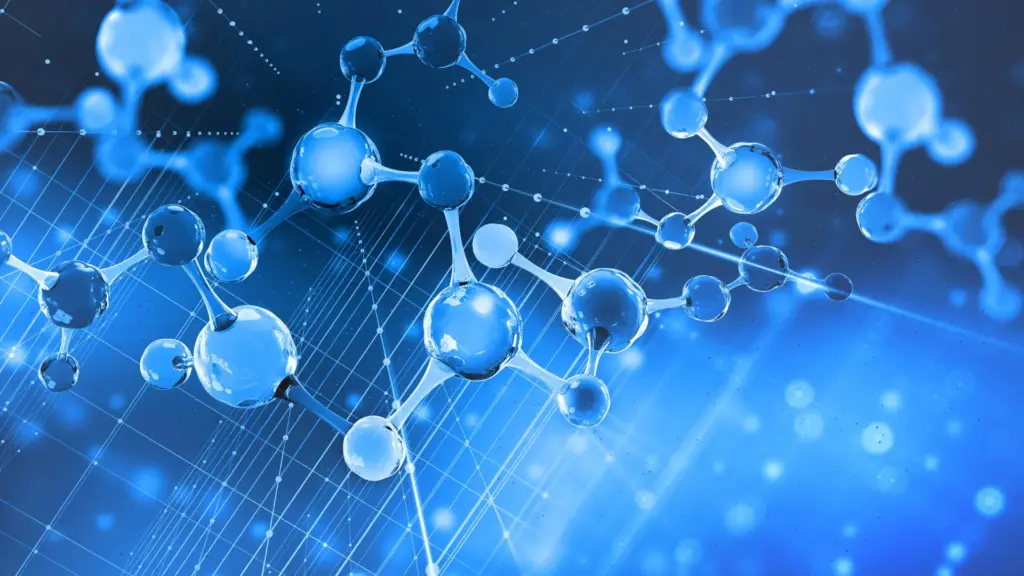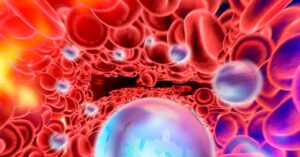
Chemists at The Ohio State University have unveiled a groundbreaking method to produce metal carbenes, potentially accelerating the development of life-saving drugs by up to 100 times. This innovative approach, detailed in a recent study published in Science, utilizes iron as a catalyst combined with chlorine-based molecules to generate the highly reactive carbon atoms known as carbenes.
Traditionally, carbenes are challenging to create due to their short-lived and highly reactive nature. Existing methods are often hazardous and limited, posing significant obstacles in drug synthesis and materials development. However, the Ohio State team, led by Professor David Nagib, has discovered a safer and more efficient way to harness these chemical building blocks.
Revolutionizing Carbene Synthesis
According to Nagib, the team’s goal was to find new methods of accessing carbenes that had not been previously discovered. “If you could harness them in a milder catalytic way, you could reach new reactivity, which is essentially what we did,” he explained. By employing iron as a catalyst and utilizing chlorine-based molecules to generate free radicals, the researchers successfully formed a variety of carbenes, including many that had never been synthesized before.
These carbenes are then used to create cyclopropanes—three-sided molecular fragments crucial in the synthesis of medicines and agrichemicals. Despite the existence of numerous methods to synthesize cyclopropanes, this team’s approach stands out for its efficiency and potential impact on drug development.
Implications for Drug Development
The implications of this discovery are profound. By simplifying the process of carbene production, the method could lead to cheaper, more potent, and faster-acting drugs. This advancement has the potential to prevent shortages of critical medications, including antibiotics, antidepressants, and treatments for heart disease, COVID-19, and HIV infections.
Nagib emphasized the significance of their work, stating, “Our lab is very much a tool development lab. And to me, the way you gauge if it’s valuable or interesting is if others use your tool.” The team anticipates that their method will be widely adopted, transforming the way carbenes are created and utilized in the pharmaceutical industry.
Future Prospects and Global Impact
Looking ahead, the Ohio State researchers plan to continue refining their technique to ensure it is accessible to both large and small research labs and drug manufacturers worldwide. “Our team at Ohio State came together in the coolest, most collaborative way to develop this tool,” Nagib said. “So we’re going to continue racing to show how many different types of catalysts it could work on and make all kinds of challenging and valuable molecules.”
The study’s co-authors, including Khue Nguyen, Xueling Mo, Bethany DeMuynck, Mohamed Elsayed, Jacob Garwood, Duong Ngo, and Ilias Khan Rana, contributed to this pioneering effort, which was supported by the National Science Foundation, the National Institutes of Health, and the Brown Institute for Basic Science.
As the scientific community embraces this new method, the potential for innovation in drug development and chemical synthesis is vast. The Ohio State team’s work not only addresses one of chemistry’s greatest challenges but also paves the way for future discoveries in the field.







